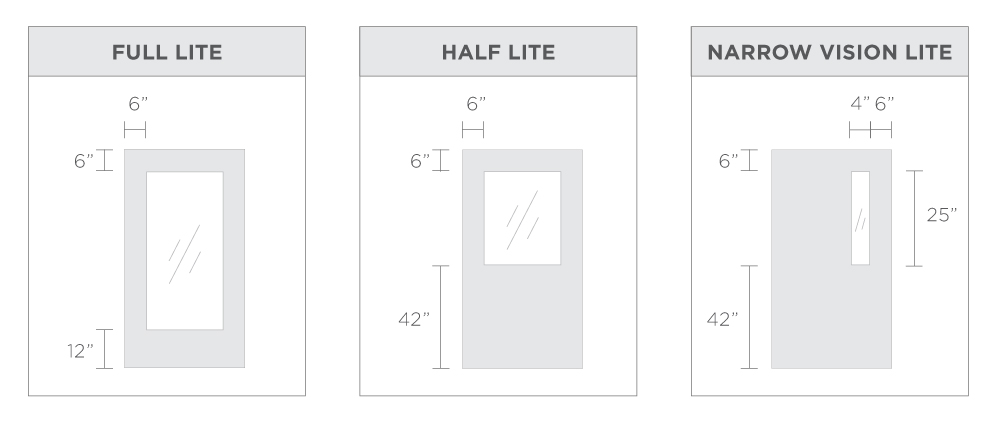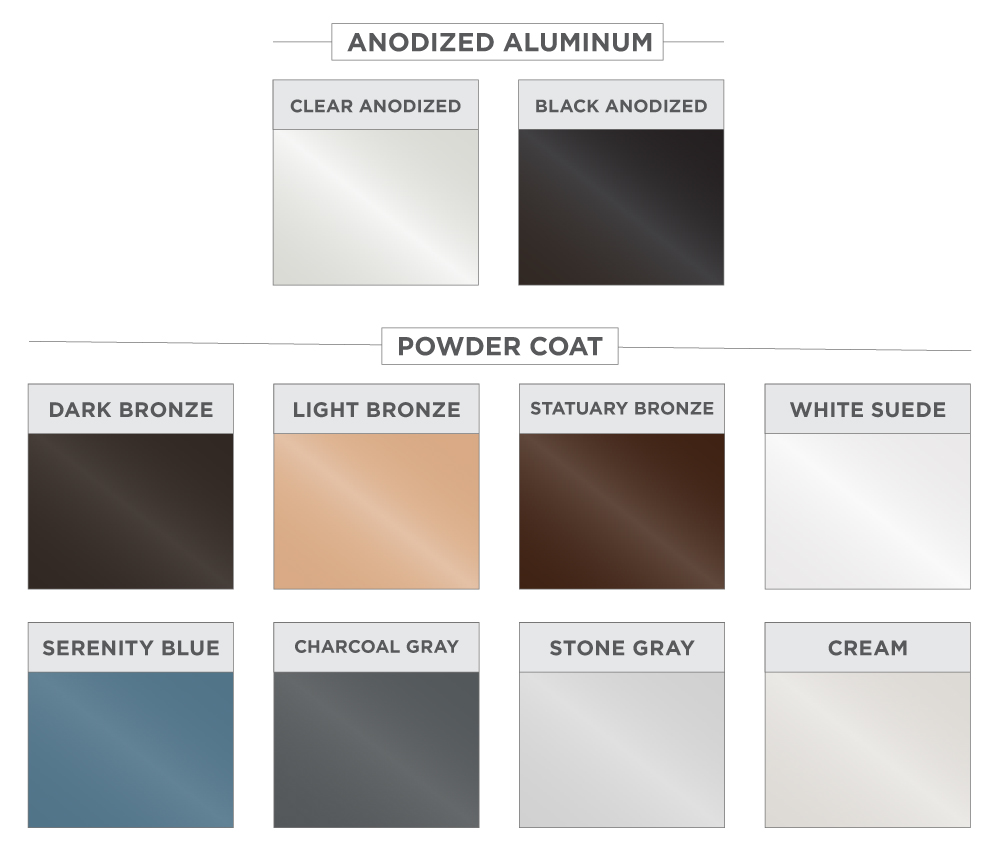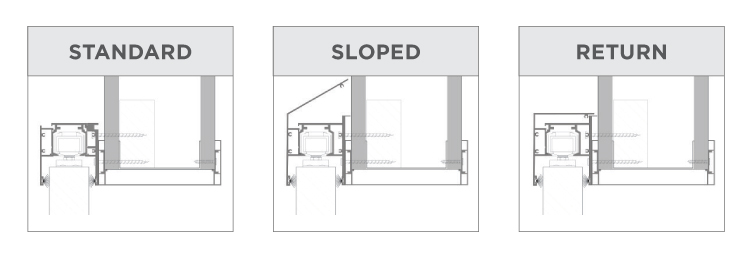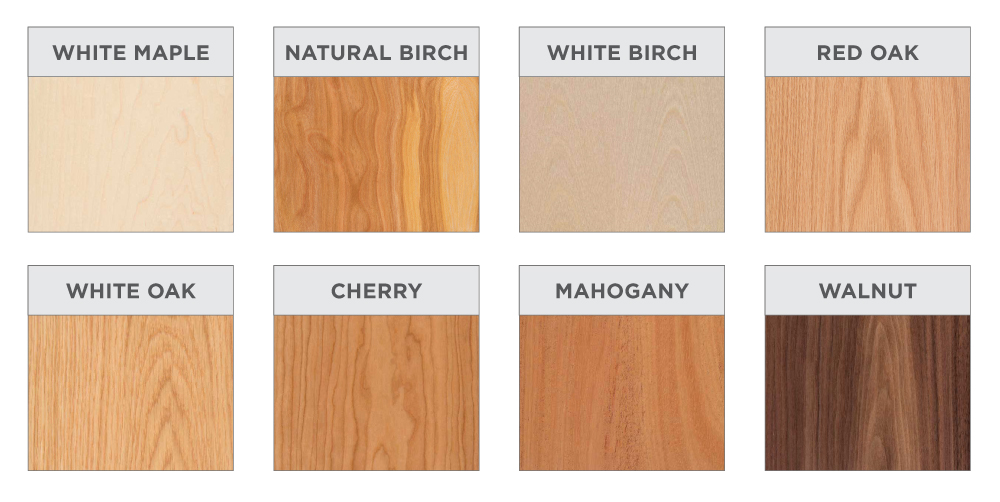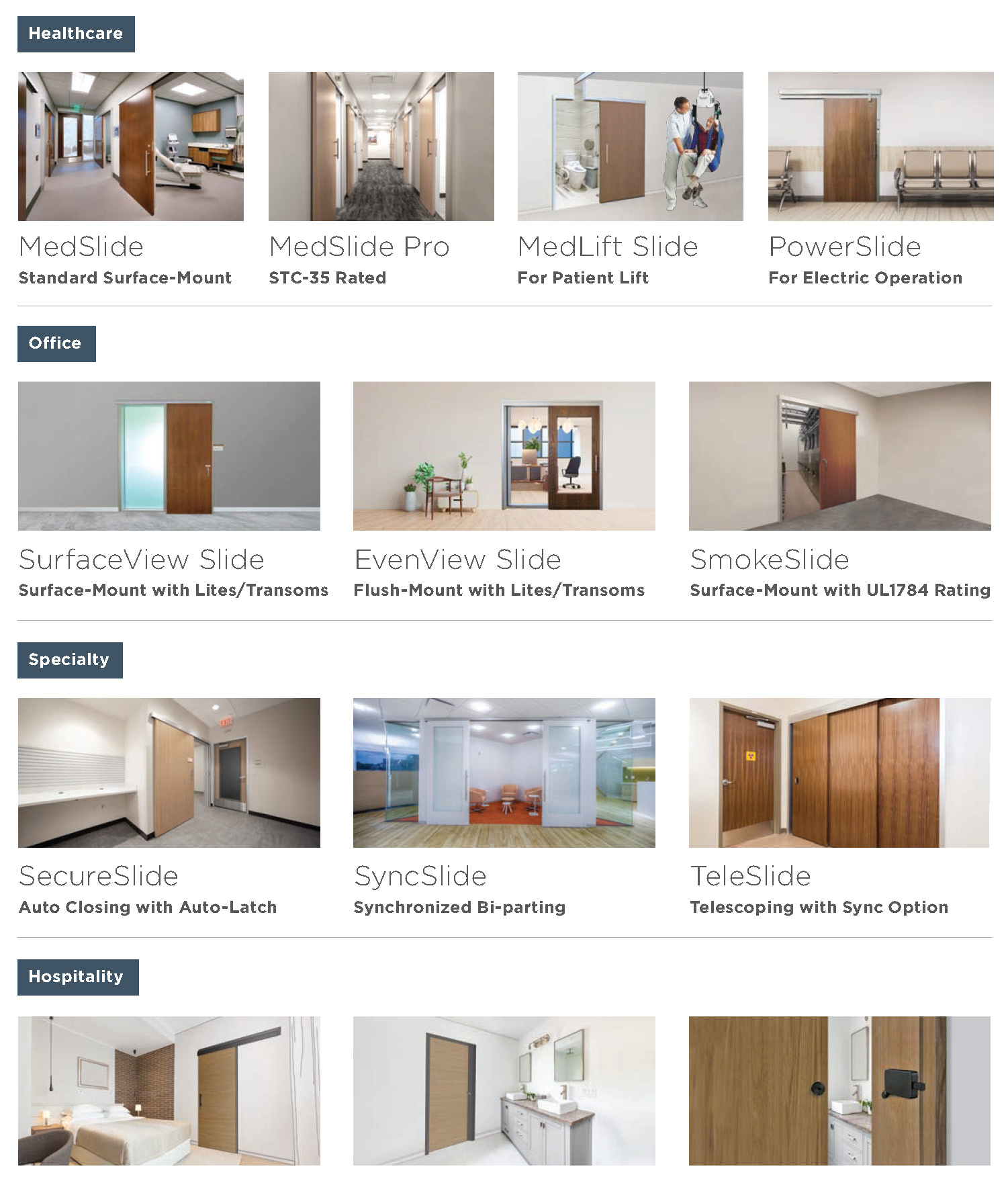Common Issues Faced with Best Commercial Sliding Doors and How to Solve Them
In the competitive world of commercial spaces, the functionality and aesthetic of commercial sliding doors play a pivotal role in enhancing both customer experience and operational efficiency. According to a report by MarketsandMarkets, the commercial door market is projected to reach $35.8 billion by 2025, with sliding doors being a significant contributor to this growth due to their space-saving design and ease of access. However, as businesses invest in these versatile entryways, they often encounter common issues such as alignment problems, wear and tear on rollers, and inadequate sealing that can compromise performance. Addressing these challenges is essential for maximizing the longevity and effectiveness of commercial sliding doors, ensuring they continue to meet the demands of foot traffic and provide a welcoming environment.
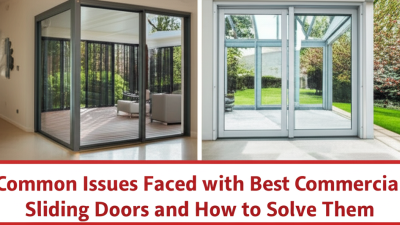
Common Problems with Commercial Sliding Doors and Their Impact on Business Operations
Commercial sliding doors are essential for many businesses, providing convenience and accessibility. However, they often encounter common issues that can significantly impact business operations. One of the major problems is misalignment, which can lead to difficulty in opening and closing. According to industry reports, poorly aligned doors can result in increased energy costs of up to 25% due to drafts and air leakage. Regular maintenance is crucial to prevent this issue and ensure smooth operation.
Another frequent concern is the malfunctioning of rollers, which can lead to noise and safety hazards. Studies indicate that over 30% of commercial sliding door repairs are related to roller issues, making it critical for businesses to address these promptly. Neglecting roller maintenance can lead to increased downtime and lost revenue. Investing in professional repair services not only extends the lifespan of the doors but also enhances the overall user experience by maintaining safety and efficiency.
Finally, the choice of materials can affect the durability and functionality of sliding doors. With 99.9% of businesses in the U.S. classified as small, it becomes essential for these enterprises to choose high-quality, durable solutions that withstand heavy usage while minimizing repair frequency. Regular assessments and upgrades can position businesses to avoid operational disruptions, ensuring that their entrance solutions meet customer expectations consistently.
Common Issues Faced with Best Commercial Sliding Doors and How to Solve Them
| Issue | Description | Impact on Business | Possible Solutions |
|---|---|---|---|
| Dirt and Debris Accumulation | Build-up of dirt and debris in the track can cause sliding doors to function poorly. | Leads to delays in customer access and reduced efficiency. | Regular maintenance and cleaning of the tracks. |
| Misalignment | Doors can become misaligned due to heavy use or poor installation. | Causes doors to jam or fail to close properly, posing security risks. | Re-aligning the door or hiring a professional technician. |
| Wear and Tear on Rollers | Rollers can wear down over time, leading to diminished functionality. | Can result in increased repair costs and reduced customer satisfaction. | Regular inspection and replacement of rollers as needed. |
| Damage to Track | Tracks can become damaged from external forces or inadequate maintenance. | This can lead to door malfunction, affecting accessibility. | Repair or replace tracks as necessary. |
| Faulty Sensors | Sensors may fail to detect motion, causing doors to remain closed. | Leads to customer frustration and potential loss of sales. | Testing and replacing faulty sensors regularly for optimal performance. |
Identifying the Root Causes of Commercial Sliding Door Malfunctions
Commercial sliding doors are a convenience in various settings, but they are prone to specific malfunctions. Understanding the root causes of these issues is crucial for effective troubleshooting and maintenance. One common problem is misalignment, where the door tracks may have become uneven due to wear, debris buildup, or structural settling. This misalignment can prevent the door from opening or closing smoothly, creating safety hazards. Regular maintenance, including track cleaning and adjustments, can significantly reduce these risks.
Another frequent issue is sensor malfunctions, which can be attributed to dirt interference, outdated technology, or improper installation. When sensors fail to detect movement accurately, doors may either not respond or have unintended closures, leading to inconvenience or accidents. To address this, cleaning sensors periodically and ensuring they are installed correctly can help restore functionality. Moreover, upgrading to modern sensors with better reliability can enhance the overall performance of the sliding doors in a commercial environment. By identifying these root causes, businesses can implement targeted solutions, ensuring their sliding doors remain functional and safe for all users.
Effective Maintenance Practices for Enhancing Sliding Door Longevity
When it comes to ensuring the longevity of your commercial sliding doors, effective maintenance practices are essential. Regularly inspect the tracks and rollers for debris, as dirt buildup can impede smooth operation. Use a soft brush or a vacuum with a hose attachment to clean the tracks thoroughly. Additionally, lubricate the rollers with a silicone-based lubricant to prevent rust and reduce friction, which can prolong the life of the door.
Another critical aspect of maintenance is monitoring the door's seal. A damaged seal can lead to energy loss and increased operational costs. Check for any wear and tear, and replace the seal if you notice any cracks or gaps. This simple practice not only enhances the door's efficiency but also improves indoor air quality by preventing dust and pests from entering the space.
Finally, consider scheduling professional maintenance at least once a year. A trained technician can identify potential issues before they escalate, ensuring that your sliding doors function optimally throughout their lifespan. By implementing these practices, you can enjoy the benefits of your commercial sliding doors for many years to come.
Innovative Solutions to Improve Sliding Door Performance and User Experience
When it comes to commercial spaces, sliding doors are a popular choice, offering convenience and style. However, they often face issues like poor alignment, difficulty in operation, and inadequate weather sealing. According to a recent survey by the National Glass Association, approximately 30% of businesses using sliding doors report frequent operational challenges that impact customer experience. Innovative solutions, such as advanced roller technologies and materials designed to resist warping, can significantly enhance performance. For instance, using stainless steel rollers can facilitate smoother movement, improving the user experience and reducing maintenance costs.
In addition, addressing the issue of thermal insulation is critical. The U.S. Department of Energy reports that inefficient doors can lead to increased energy consumption, impacting overall building energy performance. By integrating energy-efficient glazing and enhanced weather stripping, commercial properties can reduce heating and cooling costs by up to 15%. Furthermore, automated sliding doors equipped with sensors can provide seamless access while ensuring that the doors close effectively, thereby enhancing security and energy efficiency. These innovative approaches not only resolve common issues but also elevate the performance of sliding doors in commercial environments.
Case Studies: Successful Resolutions of Common Sliding Door Issues in Different Industries
The fire door market is witnessing significant growth, driven by stringent building safety regulations and an increasing focus on fire prevention across various industries. According to recent industry analysis, the global fire door market size was valued at approximately $3.2 billion in 2022, with expectations to reach $5.1 billion by 2030, reflecting a compound annual growth rate (CAGR) of around 6.3%. This growth is largely attributable to the rising demand for various product types including hinge fire doors, double action fire doors, and sliding fire doors.
Among these, sliding fire doors are gaining traction due to their space-saving designs and versatility. They are particularly favored in commercial settings such as shopping malls and hospitals, where ease of access and fire safety are paramount. Additionally, the materials used in fire door construction, such as glass, steel, and gypsum, play a critical role in the market dynamics. The adoption of innovative materials is enhancing fire doors' aesthetic appeal while maintaining compliance with safety standards, catering to a broader clientele in diverse sectors such as construction, healthcare, and hospitality.
